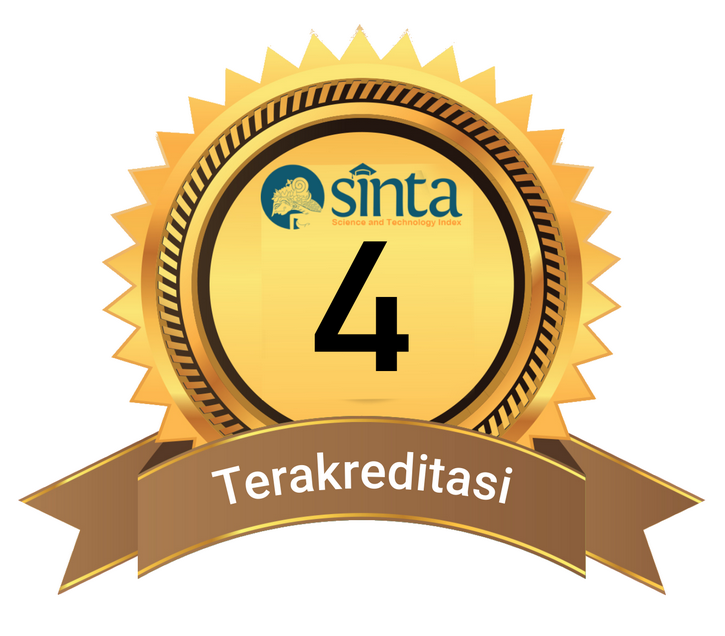Implementation of Duha Prayer in Enhancing Students' Spiritual Intelligence
A Case Study at Muhammadiyah High School (MAM) Bandung/Muhammadiyah Boarding School (MBS 1) Tulungagung
DOI:
https://doi.org/10.58577/dimar.v5i1.109Keywords:
Spiritual Intellegence, Duha Prayer, ImpactAbstract
The essence of education lies in instilling noble morals within students, fostering an environment free from humiliation. Recognizing the crucial need for children to internalize values, norms, and morals, this research explores the implementation of the Duha prayer at MA Muhammadiyah Bandung (MBS 1) Tulungagung. The institution's strategic adoption of a prayer program serves as a commendable initiative to cultivate a steadfast commitment to spirituality and personal development. This research focuses on three key aspects: the methodology employed in implementing the Duha prayer, identifying the supporting factors and obstacles encountered during the implementation of the Duha prayer; and assessing the impact of Duha prayer on the enhancement of spiritual intelligence among students. This research uses a qualitative approach, this descriptive research utilizes data collection methods such as interviews and documentation of observations. The data analysis involves three stages: data condensation, presentation, and conclusion. The validity of the data is ensured through triangulation techniques and multiple sources. The findings reveal a comprehensive understanding of the Duha prayer implementation at MA Muhammadiyah Bandung (MBS 1) Tulungagung, encompassing execution, supervision, guidance, and the purpose behind prayer implementation. Factors supporting the Duha prayer implementation include collaborative efforts between teachers and students, well-equipped prayer facilities, and a conducive environment. Challenges arise from the limited capacity of the mosque, necessitating a rotational approach and leading to tardiness among students. The impact of Duha prayer implementation manifests in students exhibiting heightened enthusiasm, steadfastness, honesty, and responsibility, contributing to an overall increase in spiritual intelligence.
References
Adisasmita, Raharjo. Manajemen Pemerintah Daerah. Yogyakarta: Graha Ilham, 2011.
Amin, Saifuddin. Etika Peserta Didik. 2nd ed. Yogyakarta: CV Budi Utama, 2019.
Arikunto, Suharsimi. Prosedur Penelitian Suatu Pendekatan Praktek. Jakarta: Rineka Cipta, 2002.
———. Prosedur Penelitian Suatu Pendekatan Praktik. Jakarta: Rineka Cipta, 2006.
Asfiati. Visualisasi Dan Virtualisasi Pembelajaran Pendidikan Agama Islam Versi Program Merdeka Belajar Dalam Tiga Era (Resolusi Industri 5.0, Era Pandemi Covid-19, Dan Era New Normal). 1st ed. Jakarta: Kencana, 2020.
Aziz, Abdul. Filsafat Pesantren Genggong. Yogyakarta: Deepublish, 2014.
Azzet, Akhmad Muhaimin. Mengembangkan Kecerdasan Spiritual. Jakarta: PT. Gramedia Pustaka Utama, 2002.
Dulay, Haidar Putra. Pendidikan Islam Dalam SistemPendidikan Nasional Di Indonesia. Jakarta: Kencana, 2012.
Fahrisi, Ahmad. Kecerdasan Spiritual Dan Pendidikan Islam. Bogor: Spasi Media, 2020.
Fida, Yazid Abu. Lautan Mukjizat Sholat Duha. 1st ed. Solo: Taujih, 2014.
Islamuddin, Haryu. Psikologi Pendidikan. Yogyakarta: Pustaka Pelajar, 2012.
Lubis, Maesaroh. Kapita Selekta Pendidikan Islam. Tasikmalaya: Edu Publisher, 2018.
Majah, Ibnu. Sunan Ibnu Majah, n.d.
Miles, Mattew B., and A. Michael Hubberman. Qualitative Data Analysis. London: Sage Publication, 1994.
Mimveda. Pitulungan. Sleman: Ziqron Studio, 2021.
Mu’awanah, Elfi. Bimbingan Konseling Islam. Jakarta: Teras, 2012.
Mujahidah. Aspek Kecerdasan Spiritual Dalam Al-Qur’an. Pekalongan: NEM, 2022.
Mustafida, Fita. Pendidikan Islam Multikultural. Jakarta: PT Raja Grafindo Persada, 2020.
Nurrahmawati, Alifia. Menjadi Guru Profesional Dan Inovatif Dalam Menghadapi Pandemi. Yogyakarta: UAD Press, 2021.
Permadi, Yohanes Andik. Pengantar Pendidikan. Medan: Yayasan Kita Menulis, 2021.
Santoso, Eko Jalu. Revolusi Hati Nurani. Jakarta: PT Elex Media Komputindo, 2007.
Sugiyono. Memahami Penelitian Kaulitatif. Bandung: Alfabeta, 2012.
———. Metode Penelitian Kualitatif Dan R&D. Bandung: Alfabeta, 2009.
Syarwani Ahmad, and Zahruddin Hodsay. Profesi Kependidikan Dan Keguruan. Yogyakarta: Deepublish, 2020.
UNDANG UNDANG REPUBLIK INDONESIA NOMOR 20 TAHUN 2003 TENTANG SISTEM PENDIDIKAN NASIONAL. UU Sisdiknas (2003).
Zohar, Danah, and Ian Marshall. SQ Memanfaatkan Kecerdasan Spiritual Dalam Bepikir Integralistik Dan Holistik Untuk Memaknai Kehidupan. Bandung: Mizan, 2001.
Downloads
Published
How to Cite
Issue
Section
License
Copyright (c) 2023 M. Asep Fathur Rozi, Atika Sovia Rahmawati

This work is licensed under a Creative Commons Attribution 4.0 International License.













